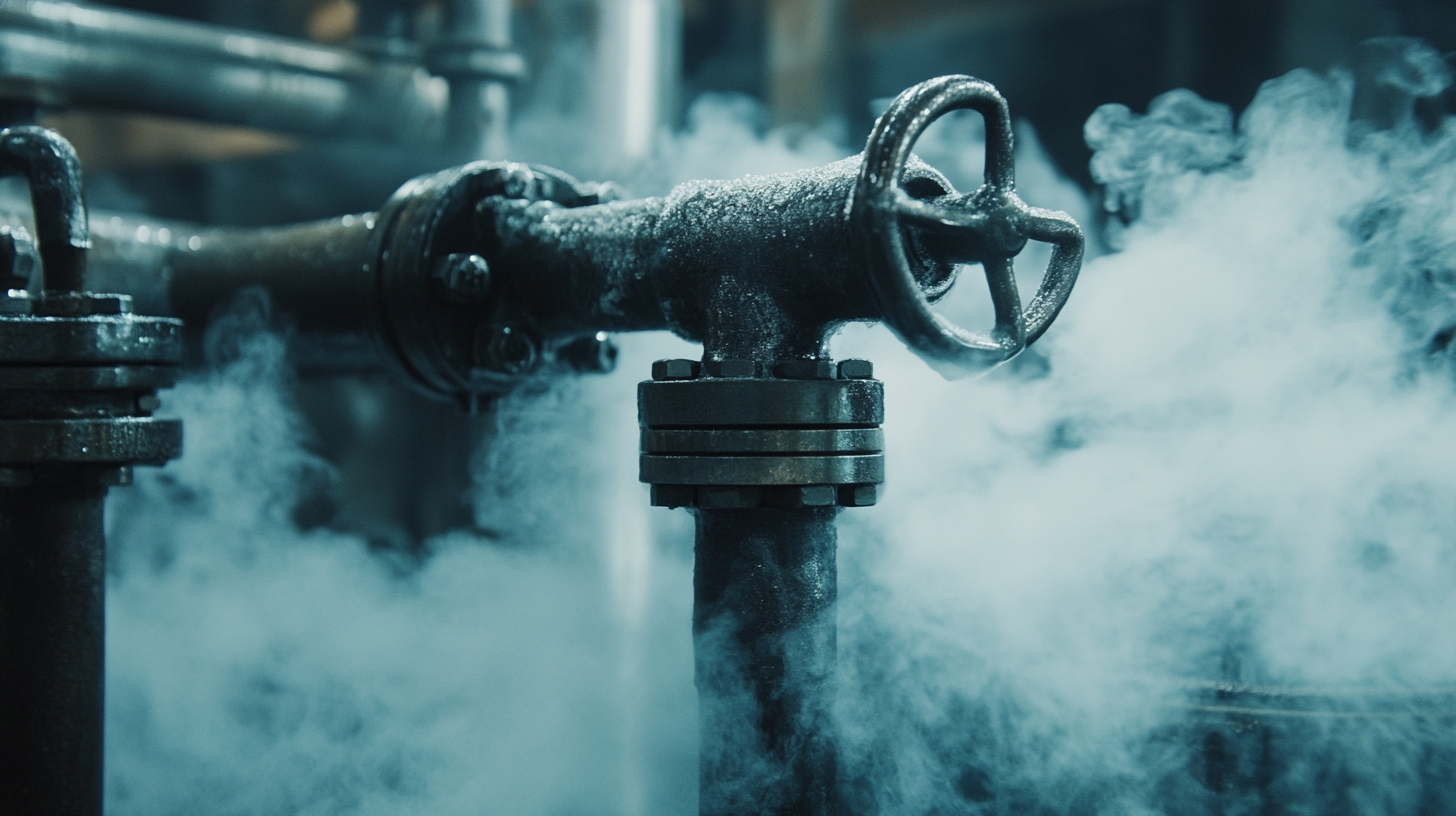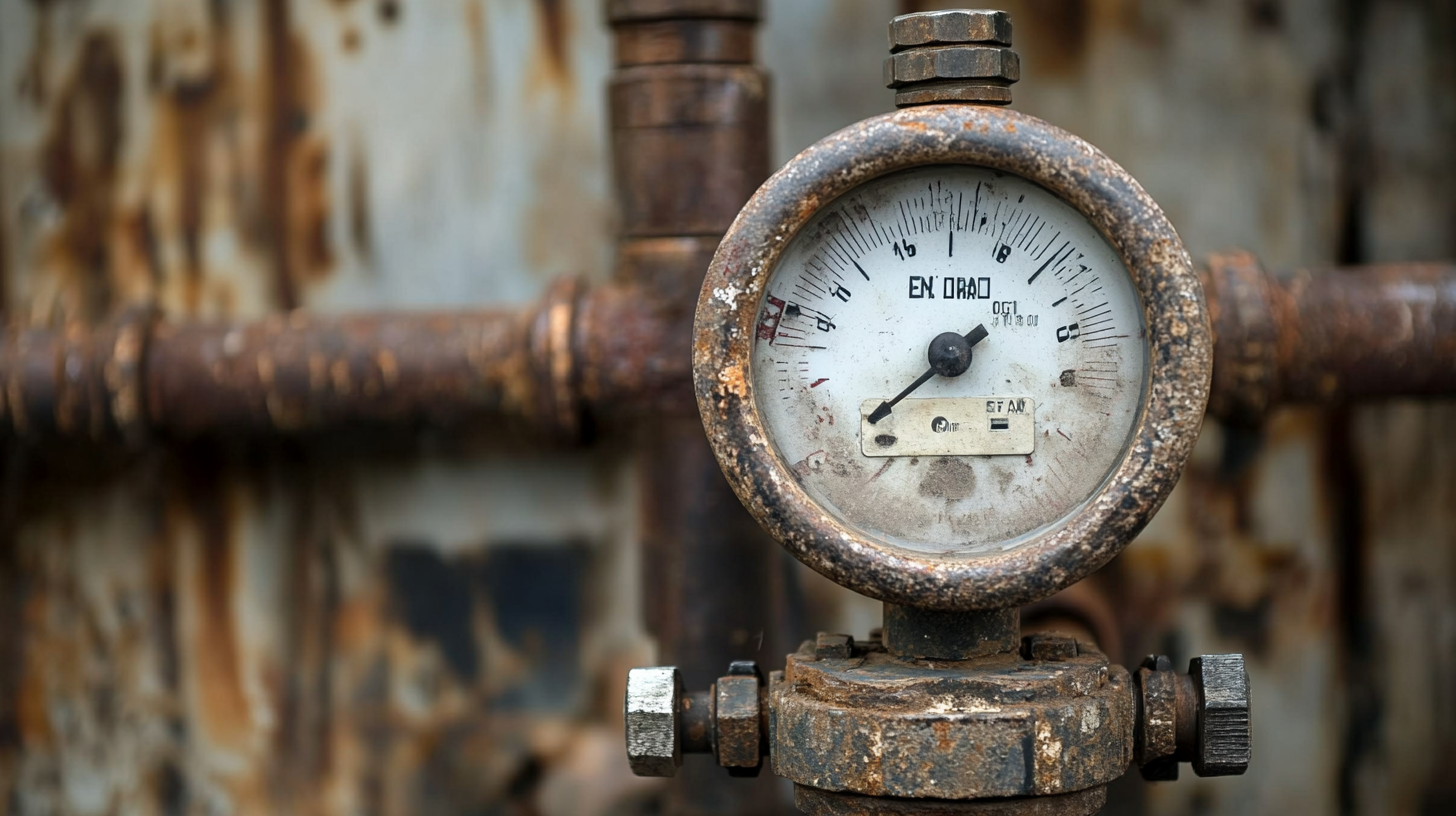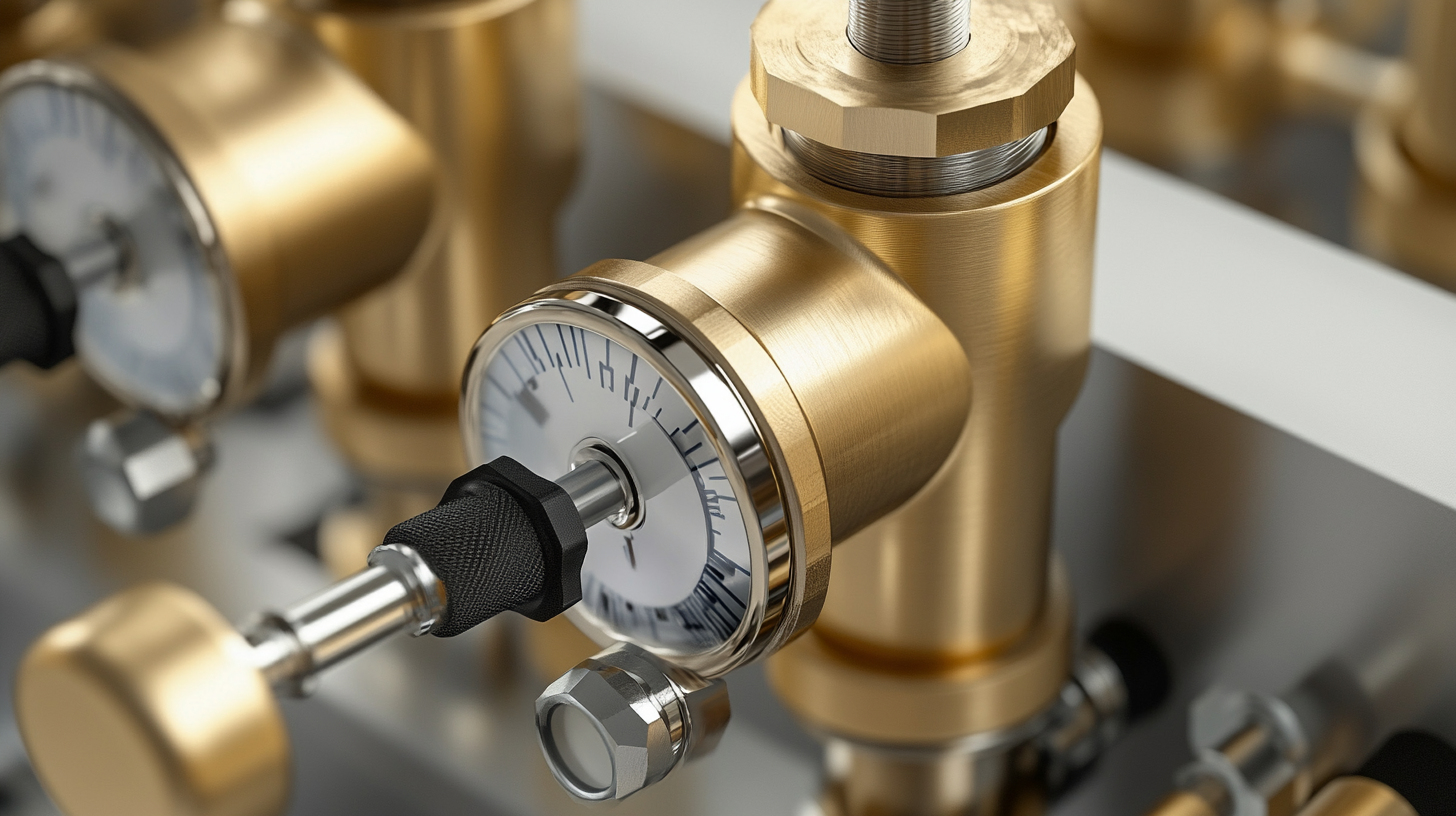In industrial operations, temperature control plays a crucial role in ensuring optimal performance and safety. The use of temperature valves is essential for regulating and maintaining desired temperatures in various processes. According to a report by MarketsandMarkets, the global temperature control valve market is expected to grow from $3.29 billion in 2020 to $5.67 billion by 2025, reflecting an increasing demand for these devices across different sectors, including oil and gas, food and beverage, and pharmaceuticals. However, implementing temperature valves is not without its challenges, as operators must navigate issues related to accuracy, reliability, and compatibility with existing systems.
As industries increasingly look to enhance efficiency and process reliability, understanding the difficulties associated with temperature valve usage is paramount. A survey conducted by the International Society of Automation (ISA) highlighted that 62% of organizations reported experiencing operational disruptions due to valve failures or performance issues. This emphasizes the need for effective selection and maintenance strategies to address common pitfalls such as material corrosion, temperature fluctuations, and inadequate control settings. In this blog, we will explore these challenges in detail and discuss potential solutions to optimize the use of temperature valves in industrial operations.

In industrial applications, maintaining precise temperature regulation is crucial for ensuring operational efficiency and product quality. However, the integration of temperature valves often presents several challenges that can disrupt this critical balance. One common issue is the responsiveness of temperature control systems. In high-demand environments, HVAC systems may struggle to adjust quickly to changes in load or outdoor conditions, leading to inaccuracies in temperature readings and, consequently, operational inefficiencies.
Another challenge is the calibration and maintenance of temperature valves. Regular adjustments and routine maintenance are essential to ensure these components function correctly over time. Without proper oversight, valves can wear out or become miscalibrated, causing significant deviations in expected temperature levels. This not only affects the operational output but can also lead to increased energy consumption, as systems work harder to compensate for lost efficiency.
Moreover, the complexity of modern HVAC systems adds another layer of difficulty when it comes to troubleshooting temperature regulation problems. With various components operating in sync, pinpointing the source of a malfunction can be time-consuming and complex. As industries continue to adopt advanced HVAC controls, understanding these common issues and proactively addressing them will be vital for maintaining optimal temperature regulation in any industrial setting.

When it comes to the operation of temperature valves, external factors play a crucial role in determining their performance. According to the International Society of Automation (ISA), environmental conditions such as temperature fluctuations, humidity, and pressure variations can significantly affect valve efficiency. For instance, valves operating in high humidity environments may experience corrosion, leading to increased maintenance costs and unscheduled downtimes, which can disrupt production flow.
Moreover, the type of installation can further compound the impact of external factors. A study by the American Society of Mechanical Engineers (ASME) indicated that valves installed in poorly ventilated areas can face overheating issues, resulting in failures or reduced lifespan. With proper ventilation and regular monitoring of the surrounding conditions, companies can mitigate such risks and ensure consistent valve performance.
Additionally, electromagnetic interference (EMI) in industrial settings can disrupt the electronic components of temperature valves. The IEEE standards suggest that such interference should be minimized to prevent malfunctioning. The cost implications of not addressing these factors can be severe, as research shows that operational inefficiencies can lead to losses of up to 20% in productivity. Adapting to and preemptively managing these external influences is essential for maintaining the reliability and accuracy of temperature valves in any operational setup.
This pie chart illustrates the percentage distribution of external factors affecting temperature valve performance in operational settings. Understanding these factors is crucial for optimizing performance and ensuring operational efficiency.
Maintaining temperature valves in optimal condition presents a set of unique challenges that can significantly impact operational efficiency. One of the primary concerns is ensuring that these components remain free from wear and tear caused by temperature fluctuations and environmental factors. For instance, constant exposure to extreme heat can deteriorate valve materials, leading to leaks or failures. Regular inspections and timely replacements are critical, but many operations struggle to allocate sufficient resources for these essential maintenance tasks.
Additionally, the calibration of temperature valves requires precise attention to detail, as even a minor miscalibration can lead to incorrect readings and, consequently, improper temperature control. This can affect product quality and safety, especially in industries such as food production and pharmaceuticals, where strict temperature regulations must be adhered to. Operators must be trained to recognize the signs of malfunction, and routine checks should be part of the standard maintenance schedule to address any discrepancies swiftly.
Another challenge lies in the integration of technology to monitor valve performance. While advanced sensors and monitoring systems can provide real-time data, implementing these technologies often requires significant upfront investment and ongoing maintenance. Furthermore, staff must be well-versed in interpreting the data and responding to alerts, making training an ongoing necessity. By addressing these challenges head-on, operators can ensure that their temperature valves function optimally, minimizing downtime and improving overall operational reliability.
The operation of temperature valves is critical across various industries, but the cost implications of failures can be substantial. A recent report estimates that the global valves market in the mining sector alone is projected to grow by USD 1.56 billion from 2025 to 2029, driven by advancements in smart mining technologies. This growth underscores the increasing reliance on reliable valve systems, where any malfunction could lead to significant operational delays and financial loss.
For example, the lawsuit against a major automotive brand highlights how thermal control valve failures not only inconvenience consumers but can lead to costly repairs and safety risks. Such incidents reveal the hidden costs associated with valve failures, including emergency repairs, labor costs, and potential loss of customer trust. Moreover, as organizations seek to enhance efficiency through automation and smart technology, the costs associated with valve failures are expected to rise, emphasizing the need for stringent maintenance and quality control measures.
Additionally, in the realm of industrial equipment, boiler problems related to valve malfunction can incur steep repair costs. Data from various industry studies indicate that unchecked valve failures can contribute to up to 30% of total maintenance expenses in boiler operations. Effective management and proactive monitoring are essential to mitigate these risks, as the financial impact on operations can be significant, affecting not only bottom lines but also safety and productivity.
| Challenge | Potential Cost Implications | Frequency of Occurrence | Mitigation Strategies |
|---|---|---|---|
| Valve Leakage | Production downtime, increased maintenance costs | High | Routine inspections, immediate repairs |
| Thermal Shock | Equipment damage, replacement costs | Medium | Controlled ramp-up procedures |
| Corrosion | Frequent replacements, safety hazards | High | Use of corrosion-resistant materials |
| Improper Sizing | Inefficiencies, increased energy costs | Medium | Proper sizing calculations before installation |
| Failure to Meet Specifications | Regulatory fines, legal costs | Low | Regular audits and compliance checks |
In the industrial sector, temperature valves play a crucial role in controlling and regulating thermal conditions across various processes. However, these valves are not without their limitations. Traditional temperature valves often struggle with rapid response times and precise control, particularly in systems subject to fluctuating pressures and varying flow rates. According to a report from the International Society of Automation, nearly 30% of industries experience significant inefficiencies linked to inadequate thermal management, highlighting the need for innovation in this area.
Recent advancements in technology have sought to overcome these challenges. The integration of smart technology into temperature valves, such as digital sensors and automatic feedback systems, allows for real-time monitoring and adjustments. A study published in the Journal of Process Control indicated that systems utilizing advanced temperature valve technologies improved operational efficiency by up to 25%, underscoring the impact of automation and accurate data analysis in thermal regulation.
Moreover, emerging materials and designs in valve construction are enhancing performance under extreme conditions. Research from the American Society of Mechanical Engineers shows that next-generation temperature valves, engineered with advanced composites, can withstand higher temperatures and pressures, thereby reducing failure rates by nearly 40%. These innovations not only mitigate the challenges faced by traditional valves but also extend the longevity and reliability of thermal management systems across various industries.

